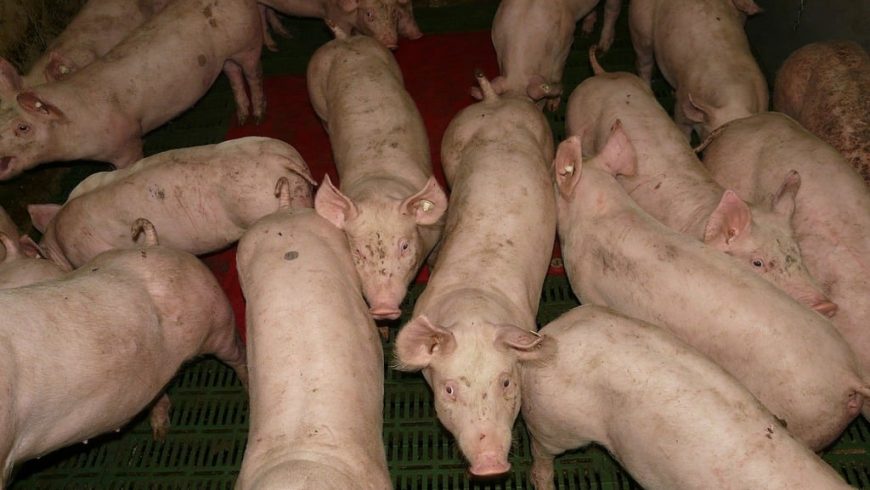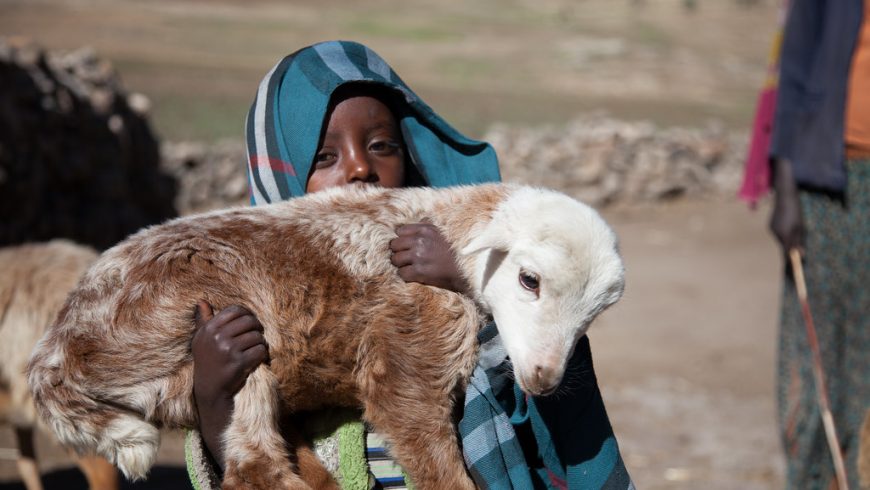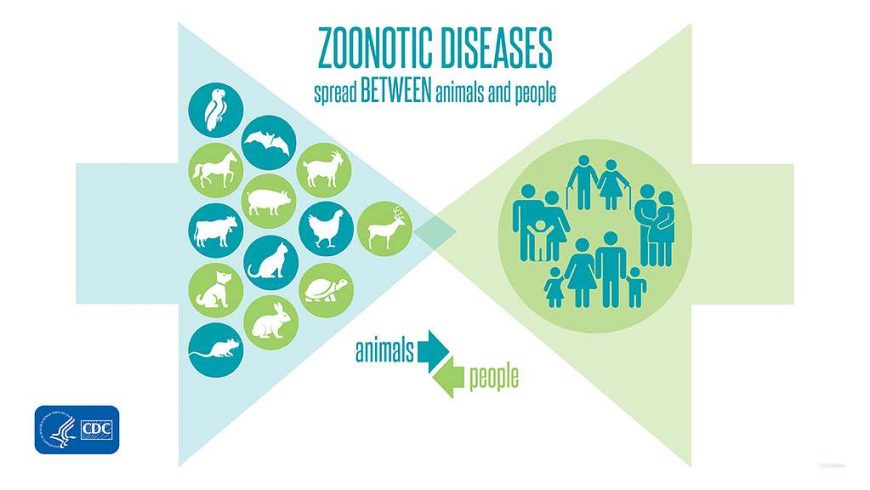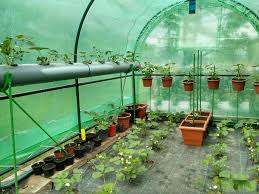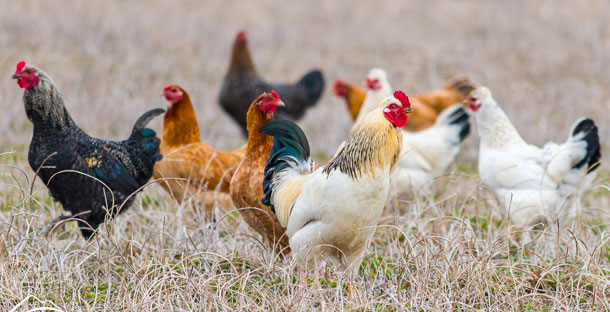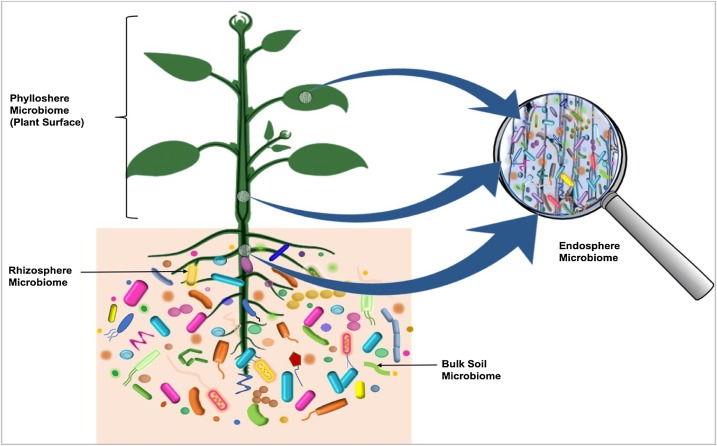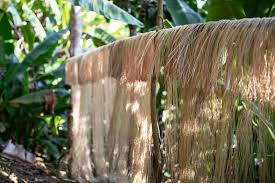Safeguarding India’s Pork Industry: Insights into prevention and socio- economic implications of African Swine Fever (ASF) in Northeast India
Anshuman Roy 3rd year B.V.Sc. and A.H. student College of Veterinary Science, Khanapara, Guwahati-22 The Indian pork industry has recently faced a significant threat in the form of African Swine Fever (ASF), a highly contagious and often fatal viral disease that affects domestic and wild pigs. This disease, which has ravaged pork industries
Read More
